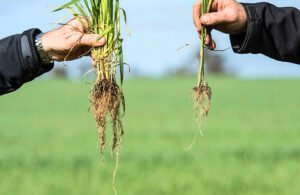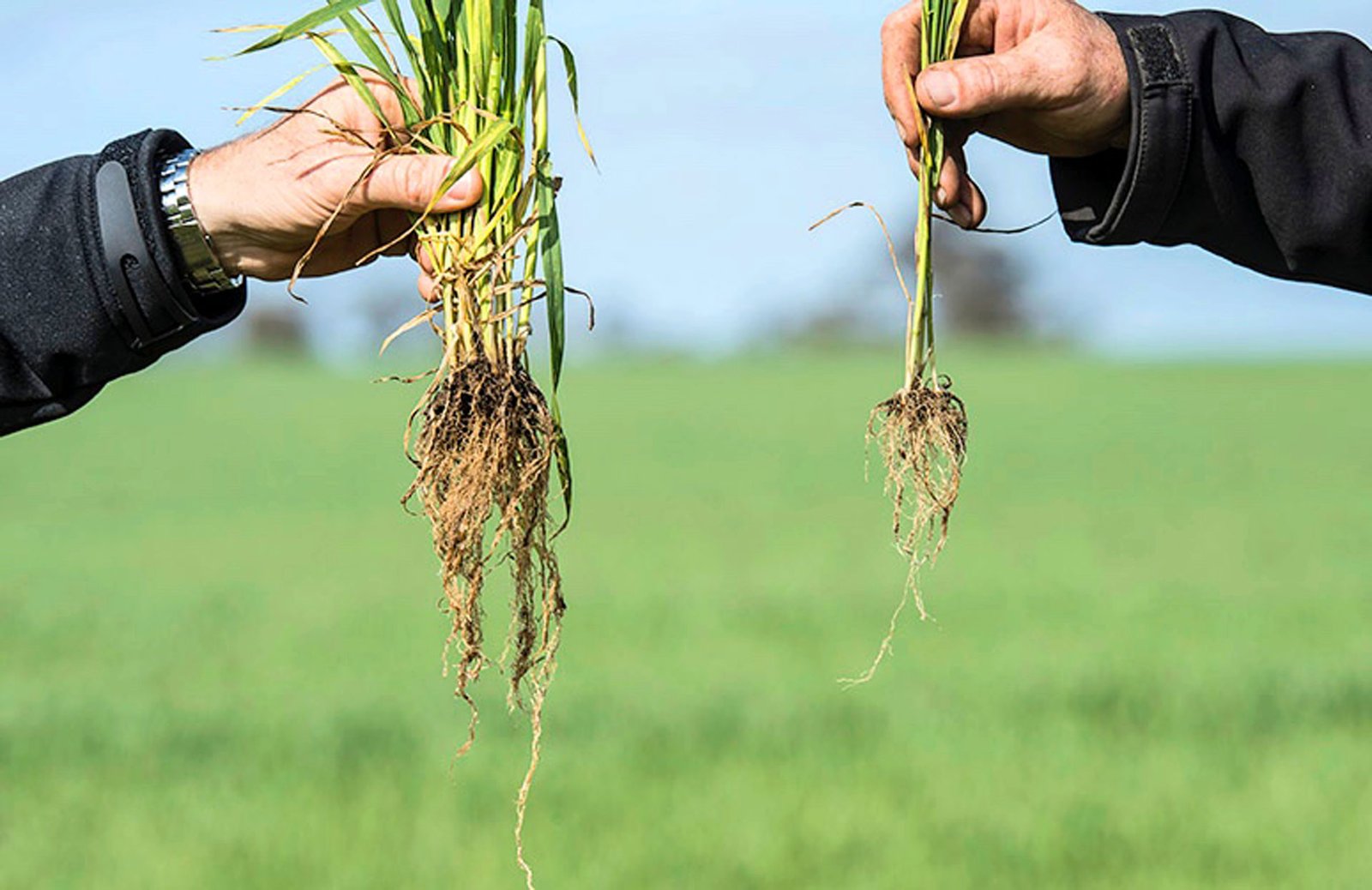Nematode Management in Vegetables
What is called nematode?
Due to nematodes being actually underground and not visible to the naked eye, their presence is often not detected. If seen nematode is such an organism that neither has a respiratory system nor a circulatory system due to this nature it is called the hidden enemy of crops.
Nematode is an organism that damages the roots of plants and sucks its nutrients, due to which the plant becomes yellow and weak and dries up. Due to which the plants fall unnecessarily sick. By sticking to the roots of plants or entering the roots nematodes not only block the path of absorption of food items but also nourish the food items.
Due to which the plants gradually start to weaken. If they continue to get their favorite crops, then after a few years their number increases immensely.
Read more: How vegetables related to our health?

When they spread completely in the land then their fierce form is known. Another special thing is that the amount of loss by them depends on their number that is, there is a direct relation between the number of nematodes and the reduction in production. These make a big difference in the yield of the plants.
Is there only one type of nematode or are they also of many types?
According to the method of feeding, they can be divided into three categories.
External parasites: Those who live in the soil and absorb food from the roots and are considered less harmful.
Semi endoparasite half of their body lives in the soil and the other half in the roots. Their whole body remains in the roots of endoparasite and are considered most harmful. It is difficult to save any crop from their outbreak, often even after keeping all kinds of control related to crops in the fields there is no significant increase in production and the farmer brothers remain worried. In such a situation, we must get the nematode checked.
Read more: High yield Farming Practices of French Beans.
Among the plant parasitic nematodes, endoparasitic, root knot nematodes are considered the most harmful and cause the most damage to vegetables.
How do nematodes harm vegetables?
Nematodes cause both direct and indirect damage to vegetables. Due to the outbreak of nematodes, not only the production of vegetables but also the quality is affected. As we have just told that they stop the growth of plants by entering the roots and blocking the path of water and food absorption. Due to which the plants gradually start to weaken.

They cause direct as well as indirect damage because nematodes create wounds in the roots while entering the roots. Other harmful disease-causing organisms such as bacteria, viruses, fungi etc. also enter the plants through these wounds and together with nematodes, they cause combined diseases or complex diseases. Due to which the loss in the production of crops doubles. In such adverse conditions sometimes the crop can be completely destroyed. The maximum damage has been caused to vegetables like tomato, brinjal, chilli, okra, bottle gourd etc.
How will its symptoms appear in plants ? So that we can identify that it is a symptom of nematode?
The biggest difficulty in nematode is that no specific symptoms are visible in nematode-affected plants, that is why their identification is very difficult and the symptoms are similar to those caused by lack of food, water and other reasons, such as crop failure.
Read more: High Yield Fenugreek Farming Information Guide.
Stunted growth, yellowing, irregular shape of leaves reduced flowering and fruiting, small size and premature shedding, wilting of leaves during day time etc. are some of the symptoms of nematode affected plants.
Which thread worm is the most harmful among nematodes and when does its outbreak start?
Nematode infestation The most damaging root knot nematode is recognized by the visible root knots that form irregularly shaped knots on the roots. Apart from this, light brown spots are formed on the roots due to which the water and food absorption capacity of the roots decreases and the crop becomes weak day by day.
The outbreak of nematodes in vegetables starts from the nursery itself.
How to manage and prevent nematodes?
For the management of nematodes first of all we have to make sure that we do not build nursery or nursery in the field where nematodes are infested and do not allow the spread of nematodes in the surrounding fields.

Use only nematode-free plants for this it is very important that the nursery should be nematode free. The identification of the species of nematode is most important because different 3.
Read more: Role of pH, EC, NPK for the plants.
In crops, different species of nematodes cause damage. To get root knot nematode or nematode free plants, treat the nursery with a chemical called Carbofuran 3G and 4. Use 0.3 grams of Carbofuran according to the active ingredient quantity / square meter.
5 Along with this, cover the nursery area with a transparent polythene sheet whose thickness is 20-25 microns for at least 6-7 weeks and treat it by sun heating method (soil solarization). Apart from this, Carbosulfan 25 EC at least 1 hour before planting. 500 ppm of Purify (soak) the roots in quantity. If treatment is to be done in the field then 1.5 kg of Carbofuran 3G chemical
- By using the active element quantity per hectare, production can be done by controlling the loss caused by nematodes.

Can the effect of nematode be reduced even without chemicals?
There is talk of prevention through chemicals, but now-a-days there is talk of damage to health and environment by chemicals so are there any such measures which do not affect health badly and also control nematodes?
Read more: Importance of Micro Nutrients for Crop Production.
Yes. There are other solutions for this
- For this our farmer brothers in summer when the heat is at its peak. Plow the field deeply with the soil turning plow and turn the soil at least three times at an interval of 15-15 days, then nematodes can be controlled and the damage caused by them can be avoided.
- Apart from this, the loss caused by nematodes can also be avoided by adopting crop management measures such as proper crop rotation. In fact, there are different species of nematodes which are parasitic on different crops, such as nematodes used on vegetables, but not on cereal crops (wheat, maize, jowar, millet etc.). Similarly, the nematode which is applied on food crops does not apply on vegetables. So if farmer brothers adopt crop rotation for 2-3 years, then they can control the loss caused by nematodes.
- Use of organic manure or well decomposed cow dung at the rate of 18-20 tonnes/hectare can also be controlled.
- Biological control is a very effective, cheap and effective method, for this the farmers can use Trichoderma, Paecilo myces and rhizobacteria which help in the growth of plants. 10 to 20 grams per kg of seed is sufficient for seed treatment and 5-10 kg per hectare is sufficient for field treatment.
- By growing nematode resistant varieties, farmers can get benefits by reducing the loss caused by nematodes.




